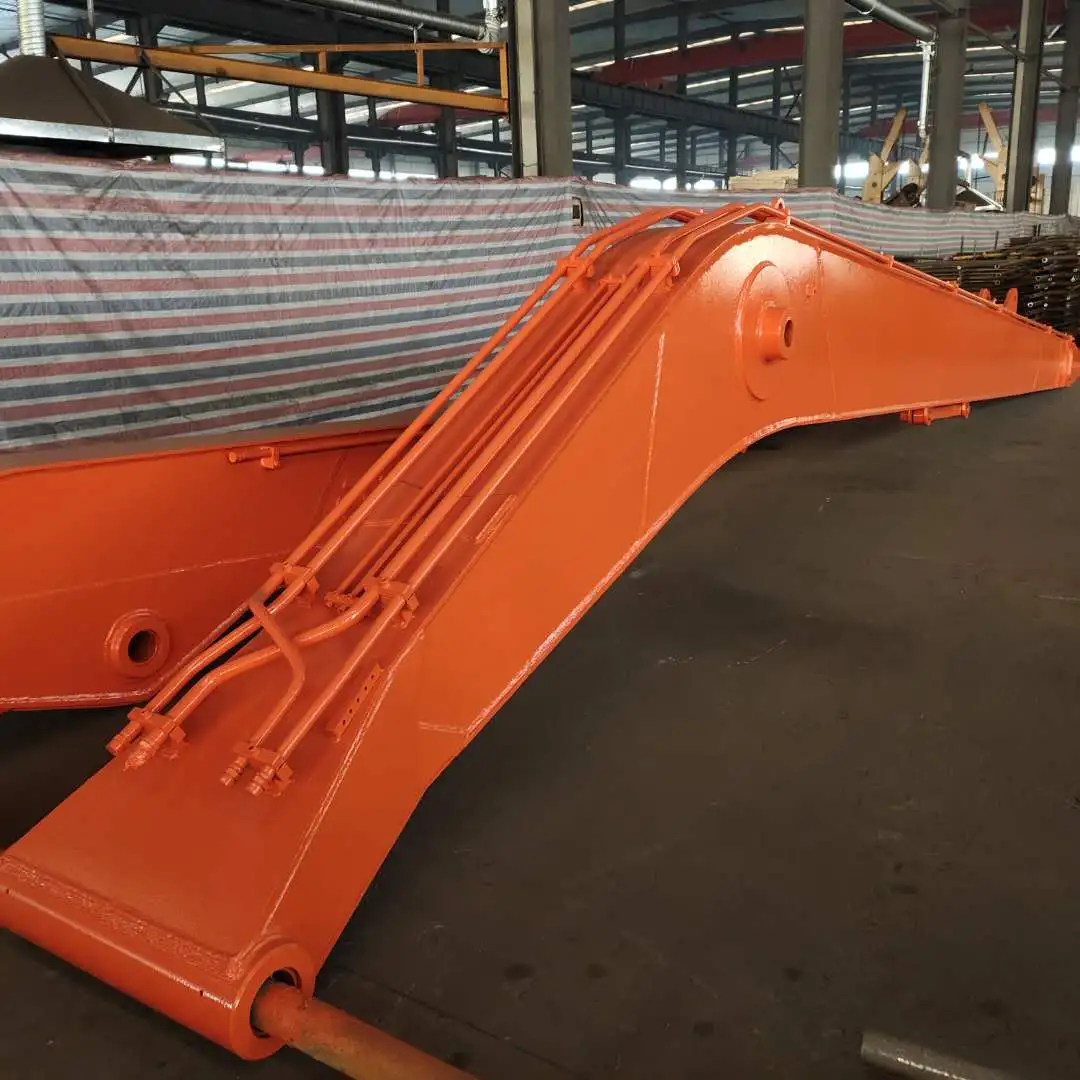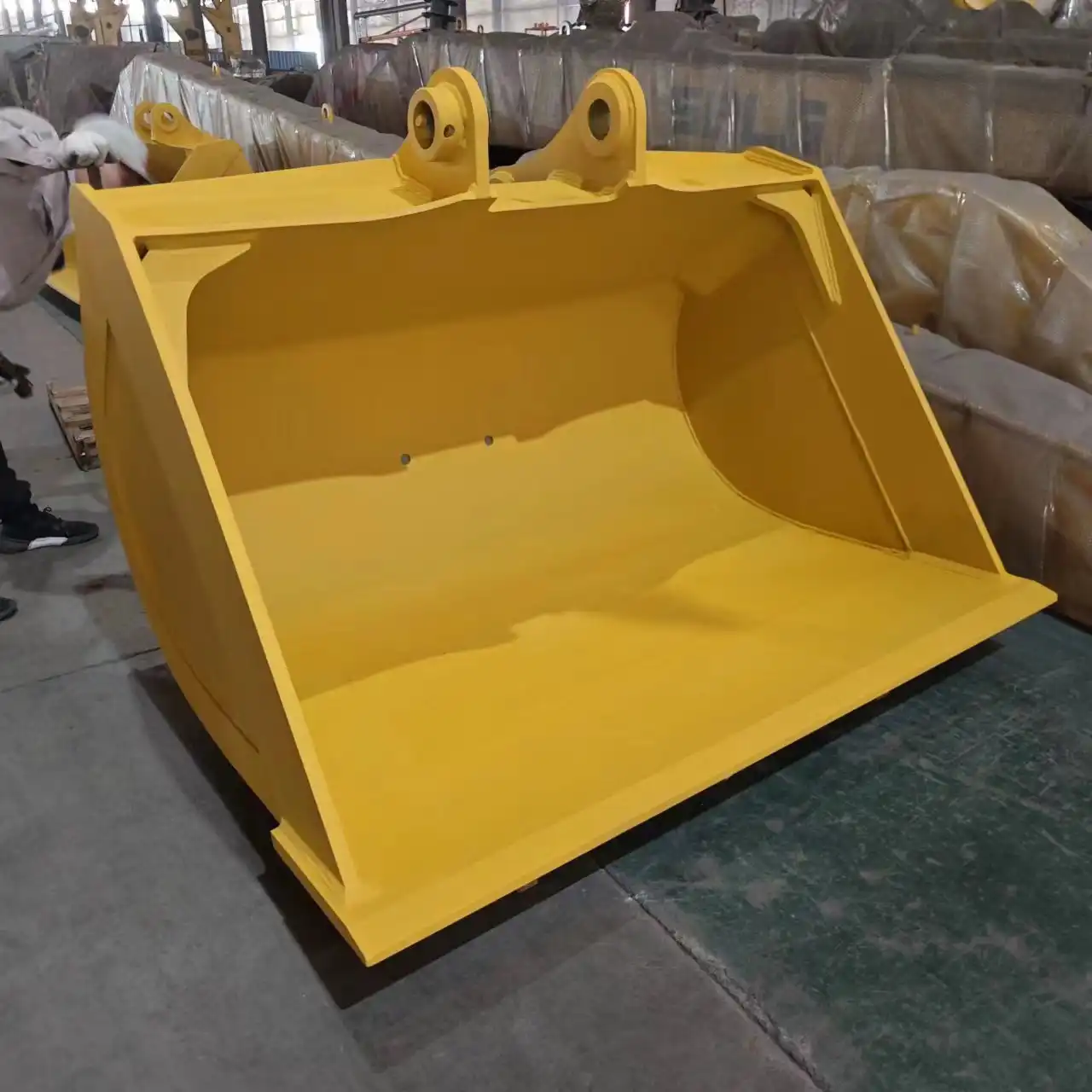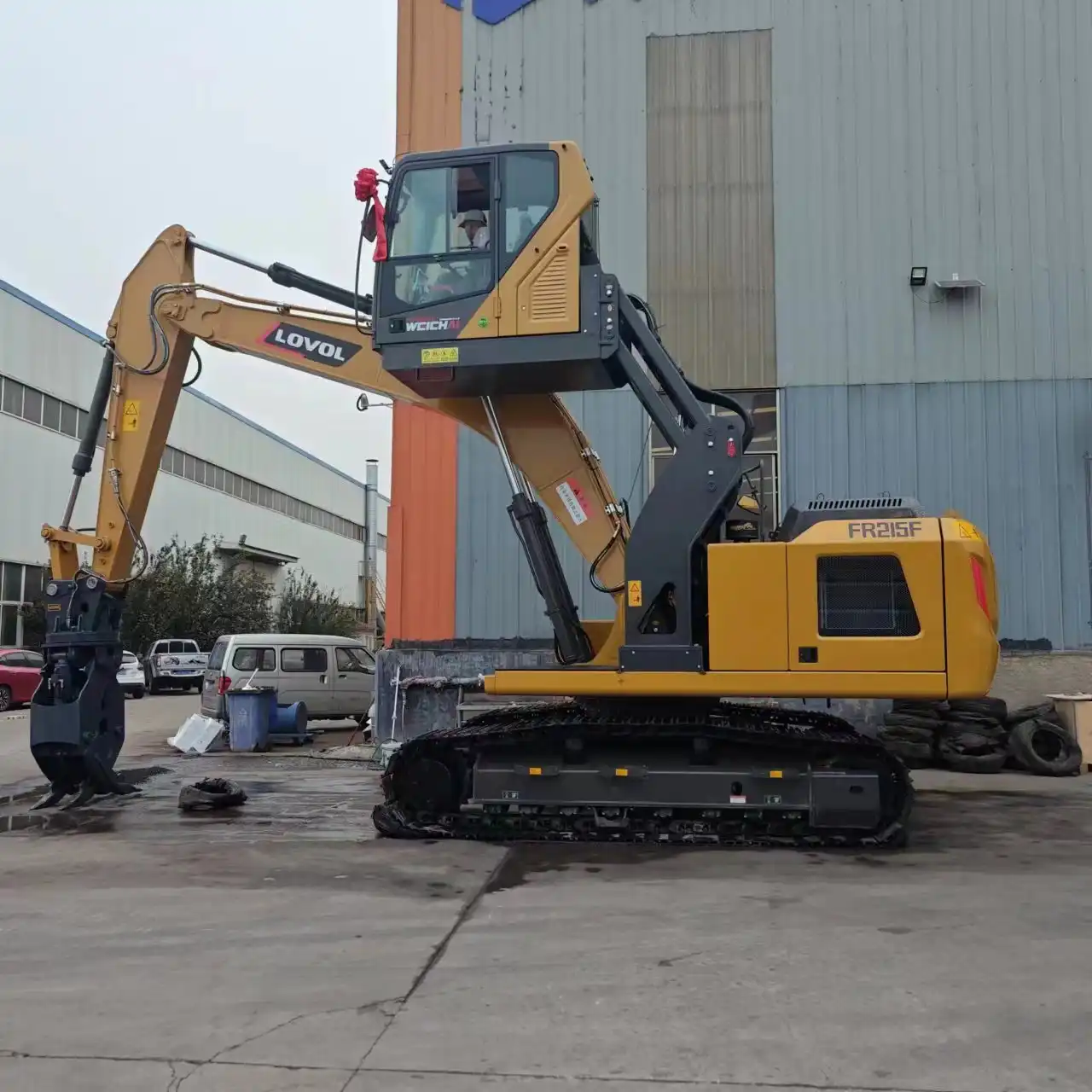Excavator Parts And Functions
Understanding excavator parts and their functions becomes crucial when you're managing construction projects, railway maintenance, or demolition operations. Modern excavators represent sophisticated machinery where every component plays a vital role in achieving optimal performance and productivity. From the powerful hydraulic systems that drive the boom and arm movements to the specialized attachments that handle diverse materials, each element contributes to the machine's versatility. The intricate relationship between these components determines not only operational efficiency but also maintenance requirements and overall project costs. Whether you're overseeing large-scale railway construction or managing routine maintenance tasks, comprehending how these mechanical systems interact helps you make informed decisions about equipment selection, operator training, and preventive maintenance schedules that ultimately impact your bottom line.

Working Equipment: Arm
Boom Assembly and Hydraulic Integration
The boom assembly serves as the primary lifting mechanism, connecting directly to the excavator's main chassis through robust pivot points and hydraulic cylinders. This substantial steel structure withstands tremendous forces during digging operations, particularly in railway construction where precision becomes paramount. The boom is the initial piece extending from the excavator's chassis, and its design directly influences the machine's reach capabilities and lifting capacity. Modern boom assemblies incorporate high-tensile steel construction with reinforced welding points to handle the demanding loads encountered in mining and demolition applications.
Stick Mechanism and Digging Dynamics
Connected to the boom through another hydraulic joint, the stick (also known as the dipper arm) provides the excavator's primary digging force and precision control. This component translates hydraulic pressure into mechanical advantage, allowing operators to achieve remarkable digging depths and precise material placement. The stick's length and configuration vary depending on application requirements, with extended arms offering greater reach for deep excavation work common in infrastructure projects. Engineering teams design these components with specific breakout forces in mind, ensuring optimal performance across diverse soil conditions and material types.
Hydraulic Cylinder Coordination
Multiple hydraulic cylinders coordinate the arm's complex movements, with each cylinder responsible for specific functions within the overall working envelope. The boom cylinder provides lifting and lowering capabilities, while the stick cylinder generates the powerful crowd and retract forces essential for effective digging. These cylinders operate under substantial pressure, typically ranging from 250 to 350 bar, depending on machine size and application requirements. Regular maintenance of these hydraulic components ensures consistent performance and prevents costly downtime in critical operations like railway maintenance or large-scale construction projects.

Working Equipment: Attachments
Bucket Variations and Specialized Functions
Standard digging buckets represent just one option among numerous specialized excavator parts designed for specific applications. Rock buckets feature reinforced construction and aggressive tooth patterns for breaking through challenging geological formations, while cleanup buckets offer wider profiles for efficient material handling and finishing work. Grid buckets enable material separation during demolition projects, allowing valuable materials to be sorted efficiently. Each bucket type incorporates different cutting edge configurations and wear plate arrangements to optimize performance for specific soil conditions and material handling requirements.
Specialized Attachments for Industry Applications
Beyond traditional buckets, modern excavators accommodate an impressive array of specialized attachments that transform these machines into versatile multi-purpose tools. Wood grabs enable efficient forestry and waste management operations, while steel grabbers facilitate scrap handling and recycling applications. Ripper attachments prove invaluable for breaking up compacted surfaces or frozen ground conditions commonly encountered in northern climates. These attachments typically connect through quick-coupler systems, allowing operators to change tools efficiently without leaving the cab, significantly improving productivity on multi-phase projects.
Quick-Coupler Systems and Operational Efficiency
Modern quick-coupler technology revolutionizes attachment changes, reducing typical changeover times from hours to minutes while enhancing job site safety. These hydraulically-operated systems eliminate the need for manual pin insertion and removal, allowing single-operator attachment changes from within the protected cab environment. Advanced quick-couplers incorporate safety locking mechanisms that prevent accidental attachment release, addressing critical safety concerns in demolition and railway maintenance applications. The ability to rapidly switch between different tools enables contractors to maximize equipment utilization across diverse project phases.

Excavator Cab
Operator Environment and Ergonomic Design
Modern excavator cabs prioritize operator comfort and safety through advanced ergonomic design principles and environmental controls. Adjustable seating systems accommodate operators of various sizes while providing essential lumbar support during extended operating periods. Climate control systems maintain comfortable working conditions regardless of external weather, crucial for maintaining productivity during challenging seasonal conditions. Sound dampening materials reduce noise levels to acceptable standards, protecting operator hearing while enabling clear communication with ground personnel. These environmental considerations directly impact operator fatigue levels and overall project efficiency.
Control Systems and Interface Technology
Contemporary excavator cabs integrate sophisticated control interfaces that combine traditional hydraulic pilot controls with electronic monitoring systems. Joystick configurations vary between manufacturers, but most systems provide intuitive control patterns that experienced operators can master quickly. Digital displays provide real-time information about machine performance, maintenance requirements, and operational parameters. Advanced systems incorporate GPS integration for precise grade control and automated functions that enhance accuracy in demanding applications like railway construction or pipeline installation.
Safety Features and Visibility Enhancements
Safety considerations drive many modern cab design decisions, with ROPS (Roll-Over Protective Structure) and FOPS (Falling Object Protective Structure) certification standard across the industry. Large glass panels maximize visibility around the machine, reducing blind spots that could pose safety risks during operation. LED lighting packages provide excellent illumination for extended working hours, common in railway maintenance operations that often occur during limited track access windows. Emergency exit provisions ensure operator safety during potential emergency situations, while reinforced glass construction protects against flying debris in demolition applications.
FAQ
①What are the most critical excavator parts for maintenance?
The hydraulic system components, including pumps, cylinders, and filters, require the most attention. Regular hydraulic fluid changes and filter replacements prevent system contamination that leads to expensive component failures.
②How often should excavator undercarriage components be inspected?
Daily visual inspections help identify wear patterns early, while detailed inspections every 250 operating hours allow for precise wear measurements and proactive replacement planning.
③Which excavator parts typically need replacement most frequently?
Bucket teeth, cutting edges, and hydraulic seals experience the highest wear rates. These consumable components should be monitored closely and replaced before failure to prevent more expensive secondary damage.
④Can attachments be interchanged between different excavator brands?
While some universal quick-couplers exist, hydraulic flow rates and pressure specifications often vary between manufacturers. Professional evaluation ensures compatibility and prevents potential damage.
⑤What factors influence excavator arm configuration selection?
Application requirements, working depth, reach distance, and lifting capacity all influence arm selection. Extended arms sacrifice lifting capacity for increased reach, while standard configurations provide maximum digging force.
Mastering the intricacies of excavator parts and their functions empowers construction professionals to make informed equipment decisions that directly impact project success and operational costs. From the robust boom and arm assemblies that provide the mechanical advantage for demanding excavation tasks to the specialized attachments that transform these machines into versatile tools for railway construction and demolition applications, each component contributes to overall productivity and efficiency. Modern cab designs prioritize operator safety and comfort while incorporating advanced control systems that enhance precision and reduce fatigue during extended operations. Understanding these systems enables better maintenance planning, more effective operator training, and improved project scheduling that considers equipment capabilities and limitations.
Whether you're managing large-scale infrastructure projects or routine maintenance operations, the knowledge of how these mechanical systems interact becomes invaluable for troubleshooting issues, planning preventive maintenance, and optimizing equipment utilization. The investment in understanding these complex machines pays dividends through reduced downtime, improved safety records, and enhanced project profitability. For comprehensive solutions in excavator modification equipment, engineering arms, and specialized attachments that meet the demanding requirements of modern construction and railway applications, consider partnering with experienced manufacturers who understand the critical role each component plays in your operational success. Contact us at rich@stnd-machinery.com to explore how our expertise can enhance your equipment performance and project outcomes.
References
- Construction Equipment Handbook: Hydraulic Systems and Component Integration in Modern Excavators, Third Edition, 2024
- Heavy Machinery Operations Manual: Excavator Parts Classification and Functional Analysis, Industrial Press, 2023
- Railway Construction Equipment Standards: Specialized Attachments and Safety Protocols, Transportation Engineering Journal, 2024
- Hydraulic System Maintenance Guide for Construction Equipment: Preventive Care and Component Longevity, Mechanical Engineering Publication, 2023
- Advanced Excavator Technology: Cab Design Evolution and Operator Safety Enhancement, Construction Machinery Review, 2024
About Author: Arm
Arm is a leading expert in the field of specialized construction and railway maintenance equipment, working at Tiannuo Company. Tiannuo specializes in manufacturing a wide range of products, including railway maintenance equipment like railway sleeper changing machines and screening machines, excavator modification equipment such as excavator lifting cabs, various engineering arms for excavators, excavator accessories like digging buckets, and engineering vehicle auxiliary equipment like loader buckets.

